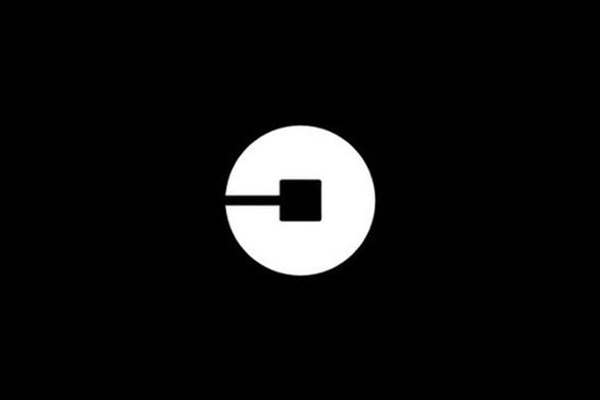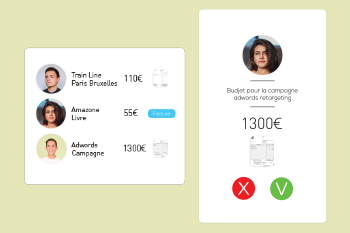Mis en place le 1er janvier 2009, le régime d’autoentrepreneur a rapidement connu un franc succès, permettant chaque année à des milliers de personnes de créer leur propre entreprise. La micro-entreprise, présentant beaucoup moins d’avantages, a rapidement subi de plein fouet cet engouement. À tel point que le 1er janvier 2016, les deux régimes ont fusionné pour mettre en place un nouveau statut de micro-entreprise, piochant ses caractéristiques dans chacun d’entre eux. Toutefois, le terme d’autoentrepreneur, étant déjà bien ancré, résiste et sème aujourd’hui le trouble dans l’esprit des jeunes entrepreneurs. Explications.

Micro-entrepreneur, est-ce une forme juridique ?
La forme juridique permet de déterminer le statut fiscal d’une société. Il existe 4 formes juridiques bien distinctes : + l’Entreprise Individuelle (EI) + l’Entreprise Individuelle à Responsabilité Limitée (EIRL) + les Sociétés de Capitaux (SAS, SASU, SA, SARL, sociétés coopératives et sociétés en commandite par actions) + les Sociétés en Nom Collectif (SNC)
La micro-entreprise n’est donc pas une forme juridique. Il s’agit en fait d’un régime spécifique accessible dans le cadre d’une Entreprise Individuelle (EI), appelé microsocial.
Ce régime permet de bénéficier de conditions avantageuses concernant la déclaration et le paiement des cotisations sociales et des impôts. Grâce à ce régime, aussi appelé micro-fiscal simplifié, le micro-entrepreneur se voit allégé de nombreuses démarches de gestion. D’autre part, il paie des cotisations sociales uniquement s’il réalise du chiffre d’affaires.
Qui peut bénéficier du régime micro-entrepreneur ?
Toute personne souhaitant créer une activité commerciale, libérale ou artisanale peut bénéficier du régime des microentreprises.
Pour cela, il suffit de répondre aux critères suivants : + être une personne physique + créer une entreprise individuelle (ou posséder une entreprise individuelle existante) + exercer une activité artisanale, commerciale ou libérale à titre principal ou à titre complémentaire (par exemple un étudiant ayant un projet entrepreneurial pendant ses études ou encore un salarié ou un retraité souhaitant avoir une activité complémentaire).
Attention : sachez que si vous êtes salarié, vous ne pouvez pas exercer une activité similaire à celle de votre employeur, sans lui avoir demandé son accord.
Quelles démarches pour s’immatriculer ? Pour créer une micro-entreprise, vous connectez à Internet et déclarez votre activité. En quelques minutes, vous remplissez le formulaire nécessaire qui sera transmis au Centre des Formalités des Entreprises compétent selon le type d’activité exercée. Si vous le souhaitez, vous pouvez également vous déplacer auprès du Centre de Formalités des Entreprises compétent de votre région avec tous les documents nécessaires.
Ce qui reste de l’autoentreprise
Le calcul des charges basé sur le chiffre d’affaires
En micro-entreprise, vous pouvez choisir de déclarer et de payer mensuellement ou trimestriellement vos cotisations sociales, proportionnellement au chiffre d’affaires réalisé. Leur montant est calculé selon un pourcentage fixe du chiffre d’affaires encaissé.
Voici les taux en vigueur pour l'année 2019 : + achat/revente de marchandises 12,8 % + prestations d’hébergement 12,8 % + fourniture de denrées 12,8 % + autres prestations de services commerciales ou artisanales 22 % + profession libérale 22 %
Le chiffre d’affaires plafonné
Le statut de micro-entreprise est soumis à un plafond annuel de chiffre d’affaires à ne pas dépasser en 2018 :
Achat/revente de marchandises Vente de denrées à consommer sur place Prestations d'hébergement (BIC) Prestations de service commerciale ou artisanale Profession libérale 170 000 € HT 70 000 € HT
En cas de dépassement de ces seuils, l’entreprise perd son statut micro-fiscal et devient une Entreprise Individuelle classique.
La franchise de TVA
L’une des grandes spécificités du régime autoentrepreneur, qui a été conservé lors de la fusion, est la franchise de TVA jusqu'à un certain seuil. En effet, un micro-entrepreneur : + ne déclare pas la TVA + ne facture pas la TVA + ne récupère pas la TVA
Cette franchise est valable tant que l'entrepreneur ne dépasse pas les seuils de la franchise en base de TVA, à savoir : + 33 200 € HT pour les prestations de services artisanales et commerciales et activités libérales + 82 800 € HT pour les activités commerciales
Ainsi, dès lors que vous dépassez d'un euro ces seuils, vous êtes redevable de la TVA dès le 1er jour du mois de dépassement. Vous serez également redevable de la TVA si vous vous trouvez deux années consécutives entre le seuil de franchise de TVA et le seuil de tolérance, qui sont respectivement de 35 200 € et 91 000 €.
Ce qui a changé au moment de la fusion
L’immatriculation de l’entreprise au RCS ou au RM
Pour toute activité commerciale ou industrielle, l’inscription au Registre du Commerce et des Sociétés (RCS) est obligatoire pour obtenir un Kbis micro-entrepreneur.
D’autre part, depuis 2015, toute activité artisanale nécessitait de participer à un stage préalable à l’installation (SPI) à la chambre des métiers. Ce stage d’une semaine payant est nécessaire pour s’inscrire au Registre des Métiers (RM). Néanmoins, ce stage est rendu facultatif depuis le début de l’année 2019. Ainsi, un micro-entrepreneur artisan peut décider ou non de s’immatriculer au RM et de réaliser le SPI.
L’ouverture d’un compte bancaire dédié
En tant que micro-entrepreneur, l’ouverture d’un compte bancaire dédié à votre activité est obligatoire depuis 2015. Vous devez y faire passer chaque recette et dépense concernant votre activité, puis effectuer des prélèvements pour votre rémunération par chèque ou virement bancaire sur votre compte personnel.
Il n’est pas nécessaire d’ouvrir un compte professionnel pour la gestion d’une micro-entreprise. Cependant, l’offre pro Anytime vous offre tous les avantages d’un compte pro pour un tarif particulièrement abordable. À noter : depuis le début d’année 2019, il n’est plus obligatoire d’ouvrir un compte pour une micro-entreprise dont le chiffre d’affaires annuel est inférieur à 5 000 €.
Le paiement de la CFE
La Cotisation Foncière des Entreprises (CFE) remplace la taxe professionnelle. Les micro-entrepreneurs y sont soumis, au même titre que tout créateur d'entreprise. Ils ne bénéficient plus d'exonération sur 3 ans.
Les points importants à retenir sur la CFE : + elle est calculée par rapport à la valeur locative des biens qui sont utilisés par l'entreprise au cours de l'année N-2 + si vous exercez depuis votre domicile, la valeur prise en compte sera celle que vous avez déclarée lors de la création de votre activité (déclaration 1447-C-SD) + si la valeur locative des biens est très faible, il y a une cotisation minimum qui est établie. Elle se calcule à partir d'une base fixée par la commune ou par l'EPCI (établissement public de coopération intercommunale) + vous êtes soumis à la CFE dès la seconde année d'activité (l'année qui suit celle où vous réalisez votre premier encaissement) Dans certaines conditions, il est possible de bénéficier d’une exonération de la CFE.








